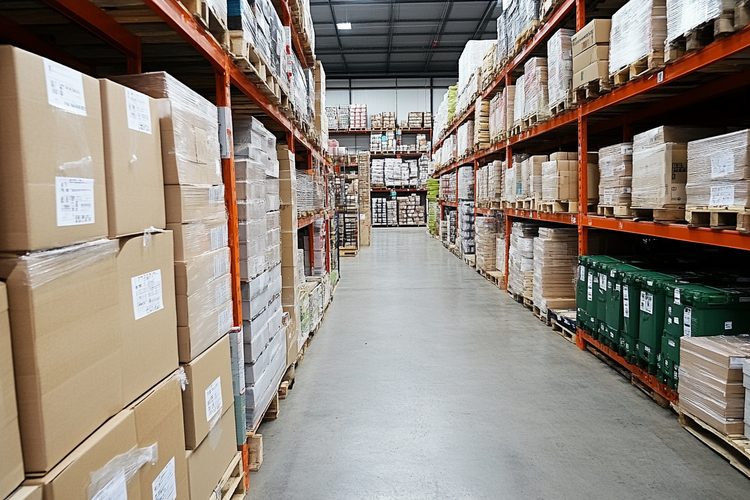Workshop approaches to reduce damage during transit
Workshops that focus on packaging techniques can reduce transit damage by aligning materials, testing practices, and workforce skills with real-world handling conditions. Effective sessions combine hands-on testing, standardized procedures, and concise training modules to improve labeling, inspection, and sustainable material choices while maintaining throughput and regulatory compliance.

What role does compliance and labeling play?
Clear regulatory compliance and accurate labeling are foundational elements in workshops aimed at reducing transit damage. Training should cover relevant packaging regulations, hazard labels, and handling marks so that packages are routed and handled correctly throughout the supply chain. Emphasize how proper labeling reduces mis-sorts and mishandling that lead to damage and returns. Include exercises where participants audit labels and simulate scanning or manual reads, linking compliance to inspection outcomes and workflow efficiency while reinforcing documentation best practices.
How can materials and durability reduce damage?
Material selection directly affects durability and sustainability outcomes; workshops should demonstrate trade-offs between cushioning, barrier properties, and recyclability. Practical modules can compare corrugated grades, foam options, and biodegradable fillers under controlled testing. Teach how to match materials to product fragility, shipping environment, and expected handling. Incorporating simple destructive tests shows participants how packaging choices influence damage rates and returns, and how sustainable materials can be chosen without compromising protection when properly engineered.
How do inspection and testing improve outcomes?
Hands-on inspection and testing segments help teams identify weak points before items enter the logistics stream. Workshops should include drop, vibration, and compression tests as well as standardized inspection checklists that integrate into daily workflows. Teach how to record test results and translate them into changes in materials or cushioning. Regular inspection training reduces subjective judgments, supports compliance, and informs SOPs, helping reduce variance across shifts and locations while improving the consistency of throughput.
Can ergonomics and workflow lower handling damage?
Ergonomics and efficient workflow design reduce human error and physical damage caused by improper handling. Workshop activities can analyze packing station layouts, lifting techniques, and task sequencing to minimize strain and misplacement. Encourage small process changes—like adjusted tote heights or staged packing sequences—that improve worker comfort and reduce accidental drops. Incorporating ergonomics into onboarding and SOP updates helps sustain improvements, maintain throughput, and reduce returns tied to mishandling.
What are SOPs, onboarding, and microlearning strategies?
Standard operating procedures (SOPs) formalize best practices promoted in workshops and support consistent outcomes across teams and sites. Onboarding should include bite-sized microlearning modules focused on critical tasks—label application, inspection checkpoints, right-pack criteria—that new hires can complete quickly and revisit as needed. Use short assessments and practical demonstrations so workers internalize testing and inspection steps. Updating SOPs based on workshop learnings creates a feedback loop that reduces recurrence of common damage causes and supports measurable improvements in quality metrics.
How do automation, throughput, returns, and sustainability fit?
Automation can improve consistency in packing and labeling, helping reduce damage by minimizing manual variance; however, automation must be validated through testing to ensure it doesn’t compromise fragile items. Workshops should cover how to balance automation and manual checks to preserve throughput while reducing returns. Discuss sustainable packaging strategies that align with durability needs—such as optimized right-sizing to reduce movement—so sustainability goals do not unintentionally increase damage. Include examples of workflow adjustments that maintain cycle times while improving protective performance.
Conclusion
Workshops designed around real-world testing, clear SOPs, and targeted skills training can significantly reduce transit damage. By integrating compliance, accurate labeling, materials testing, ergonomic improvements, and appropriate automation into concise training modules and onboarding, organizations create resilient workflows. Regular inspection, data-driven adjustments, and microlearning help maintain gains over time, lowering returns and improving both sustainability and durability outcomes without sacrificing throughput.






